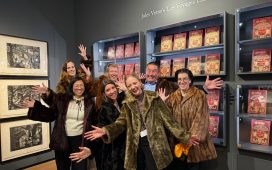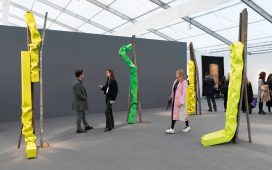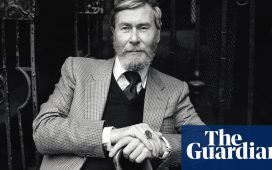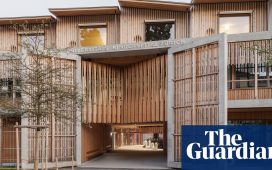A bone and lock of hair thought to have belonged to the controversial Dutch “naval hero” Piet Hein should be returned to his grave, according to the Old and New Church of Delft.
The church is renovating his grave and monument and has formally requested the return of these remains, currently held in storage at the Rijksmuseum in Amsterdam.
The bone and hair apparently disappeared from Hein’s 17th-century grave during a restoration in 1880, and three years later turned up as a donation to one of the founders of a new museum under construction: the Rijksmuseum.
Now, almost two centuries later, some believe it is time for them to be reunited with their owner. Nyncke Graafland-van den Berg, the director of the Old and New Church of Delft, tells The Art Newspaper that its formal request for restitution has been refused. “For all of the years that they have been in the Rijksmuseum, they have been named as the remains of Piet Hein,” she said. “But I think that when you are buried you have the right to lie in peace. It is inappropriate to be going back and forth with bits of people’s bodies.”
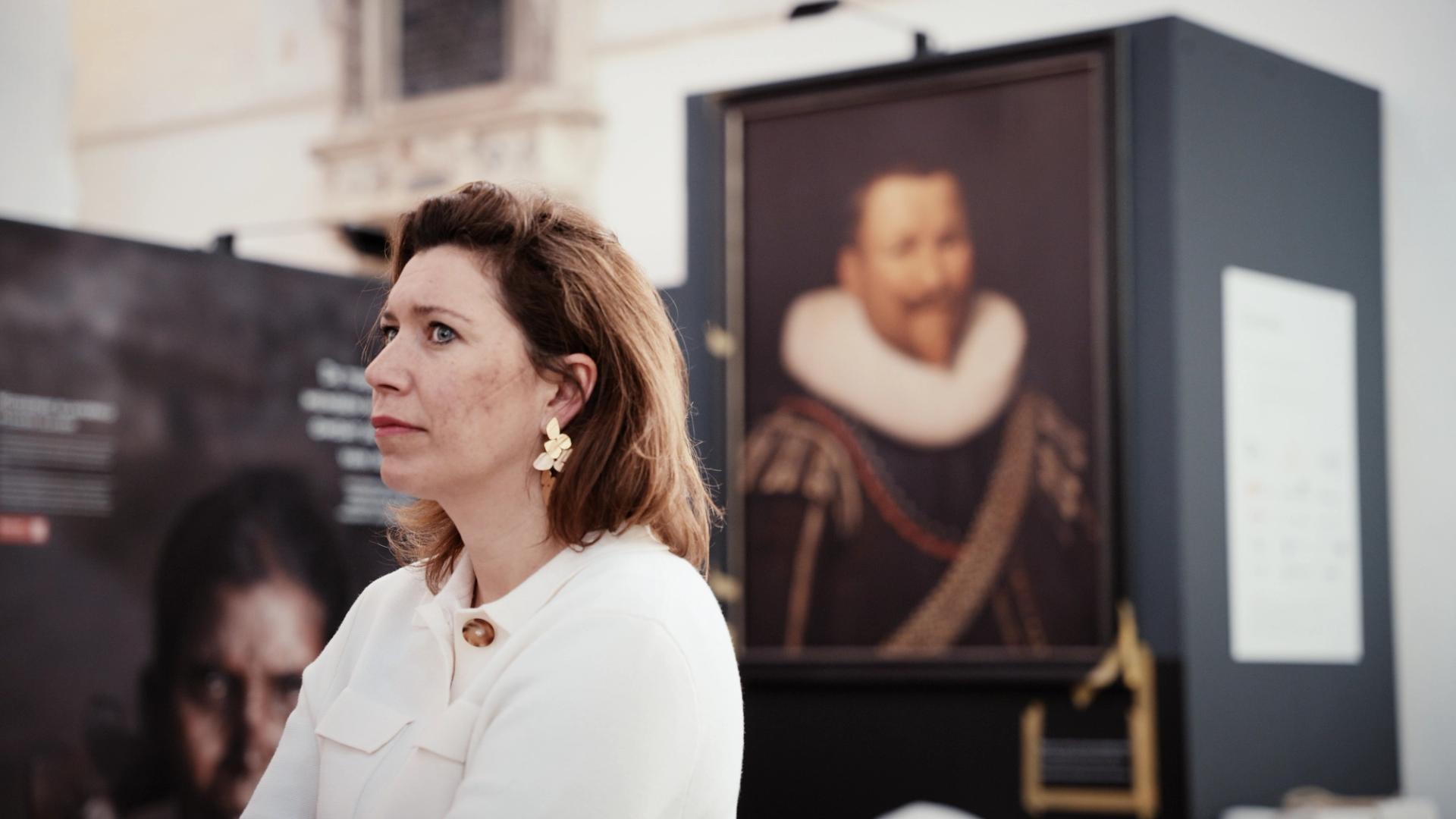
The director of the Old Church of the New Church in Delft, Nyncke Graafland-van den Berg, in a still from the documentary Images of Piet Hein © ntr
A new documentary titled Images of Piet Hein, reveals that the Rijksmuseum initially rejected the request, writing that it did not “see that the Protestant community has an extraordinary emotional, cultural or religious relationship with the remains of Piet Hein” and that it was of “historiographical” importance that they stayed in the museum’s collection for future research.
The Rijksmuseum tells The Art Newspaper that it views the remains as part of the secular, national relics that the Dutch created in the 19th century to frame their colonial period as a “golden age”. The bone and hair were given to one of the Rijksmuseum’s founders, Victor de Stuers, by an anonymous donor—later revealed to be a naval minister—at a time when the Dutch state owned both the Rijksmuseum and the church. “There are still many questions about the remains, for example, if they are actually human remains and whether they come from Piet Hein’s grave,” a museum spokeswoman says. “The Rijksmuseum intends to investigate this.”
Piet Hein was a privateer for the Dutch West India Company and in 1628 intercepted the Spanish silver fleet looting a year’s worth of treasures from the Americas, worth 12 million guilders. He was made lieutenant-admiral of the Dutch fleet and died a year later.
But while he was long celebrated as a “secular hero”, in recent years, campaigners have attacked his legacy because the silver he acquired helped to fund the Dutch slave trade that began six years after his death.
Gert Jan van den Bergh, the co-founder of the Bergh Stoop & Sanders law firm and a specialist in art law, said the church (Oude Kerk, in Dutch) would be unable to take successful legal action under statutes of limitation that apply.
“That does not alter the fact that, assuming that the remains of the admiral are [authentic], we are dealing with a pure form of grave desecration and grave robbery,” he tells The Art Newspaper. “The Rijksmuseum doubts they are the remains of admiral Piet Hein, refuses to return the pieces to the Oude Kerk but is apparently willing to investigate them. One does wonder then what the point of that investigation is when the Rijksmuseum persists in refusing to return the remains anyway. The Oude Kerk’s moral appeal is convincing, in my view, and the Rijksmuseum should, in my view, grant the request.”
A spokeswoman for the Dutch culture ministry said this is a matter for the Rijksmuseum and the church in Delft. “In general, museums are bound to an ethical code which has recommendations for the careful treatment of human remains in museum collections,” she added.
A newly-discovered grave painting for Piet Hein is on show at the Oude Kerk Delft during the grave restoration.

